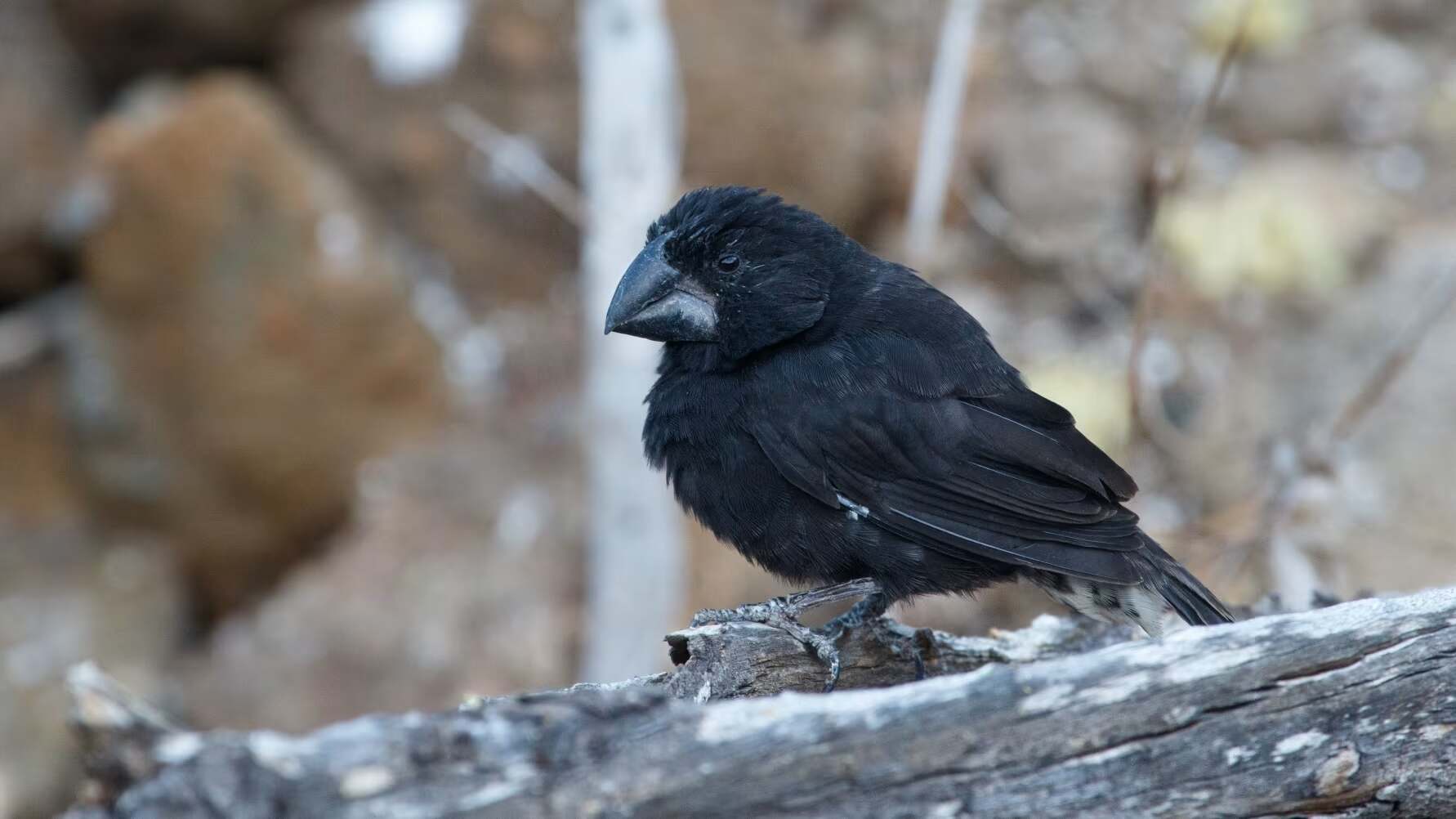Swedish researchers produce largest genomic datasets of Darwin's finches to date, contributing significantly to the unlocking of secrets of evolution

Researchers from around the world have conducted a study on the recent evolutionary changes in natural populations. They used a large genomic dataset comprising almost 4,000 Darwin's finches in their natural habitat. This study has uncovered the genetic basis for adaptation in this iconic group of birds.
Since Darwin discovered the finches in the Galápagos Islands, scientists have been studying these small songbirds to understand how evolution works. In the last million years, one ancestral species has evolved into 18 different species. Darwin's finches are a great study organism because they can show the early stages of speciation. Peter and Rosemary Grant from Princeton University have been monitoring almost every finch on Daphne Major since the 1970s. Their research has demonstrated that the finches on Daphne Major have evolved in response to environmental changes and interactions between different species.
An international team has sequenced the genomes of almost every finch studied on Daphne, revealing the genetic structure of adaptive change. Erik Enbody, the lead author of the study and a former post-doctoral fellow at Uppsala University, is excited about the opportunity to combine our knowledge of evolutionary change in the distant past with observations in the present. He believes that genomic data is a powerful tool that can help us understand the factors that have shaped the evolution of birds in the field. He also notes that this study would not have been possible without decades of research on Galápagos.
The senior author of the study, Leif Andersson (Uppsala University and Texas A&M University), highlights that only a few genetic loci are responsible for a significant amount of variation in the finch's beak. He suggests that one way these genetic changes evolve is by bundling multiple genes together and subjecting them to natural selection as the environment changes.
Human geneticists may be surprised by these findings, as they reveal that even genetic variants that only contribute minimally to human height can have a significant impact. Meanwhile, research conducted over three decades has shown that the beak of the Medium ground finch has decreased in size. By analyzing the genomes of all the finches on Daphne, scientists have discovered that this change is due to genes transferring from the Small ground finch through hybridization. Additionally, periods of drought have led to individuals with smaller beaks having a better chance of survival.
“This study highlights the value of long-term studies to understand the mechanism of evolutionary change,” says Peter Grant.
The researchers collected a blood drop from the wing vein of each bird and placed a band on them to track their survival time, mating partners, and offspring.
“By collecting blood samples throughout the study, we had the samples available for genomic study when the technology became available,” adds Rosemary Grant.
The study conducted by researchers examined the entire community of four finch species, including the Medium Ground Finch, on the island. The Common cactus finch underwent a gradual transformation towards a blunter beak due to changes in the island's conditions and increased hybridization with the Medium Ground-Finch. This study highlights how species adapt to changing environments through genetic changes that have a significant impact on their characteristics, sometimes transferred between species. As the global environment changes, the Galápagos finches will offer valuable insight into the interactions between birds, their genetic makeup, and their surroundings, shaping the future of wild populations.
Swedish researchers have conducted extensive research on the evolution of Darwin's finches over the last 30 years. This research has produced the largest genomic datasets to date, providing vast information about the evolution of these species. The findings of this research have opened up new avenues of research into the evolutionary history of other species and provided valuable insights into evolutionary processes. The potential impact of these findings includes informing conservation efforts and enhancing our understanding of the evolutionary process.

 How to resolve AdBlock issue?
How to resolve AdBlock issue?